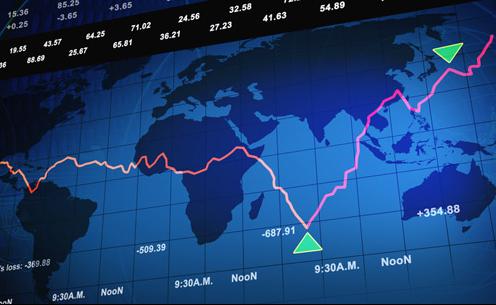Balance of payments (BoPs) is systematic statement that systematically summarizes, for a specified period of time, the monetary transactions of an economy with the rest of the world. Put in simple words, the balance of payments of a country is a systematic record of all transactions between the ‘residents’ of a country and the rest of the world.
Three main elements of actual process of measuring international economic activity are:
- Identifying what is/is not an international economic transaction,
- Understanding how the flow of goods, services, assets, money create debits and credits, and
- Understanding the bookkeeping procedures for BoP accounting.

